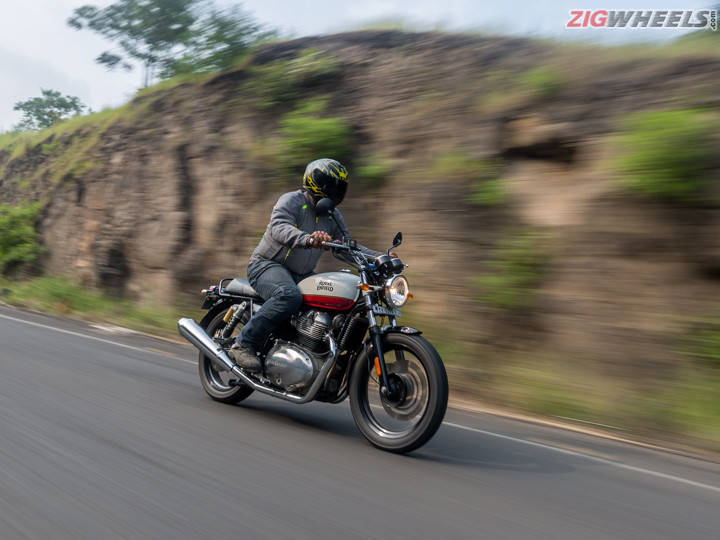
For 2020, with the new BS6 emission norms in place, Royal Enfield has updated its popular Interceptor 650 and also made improvements in the process. So, is the new BS6 Interceptor any better than its predecessor?
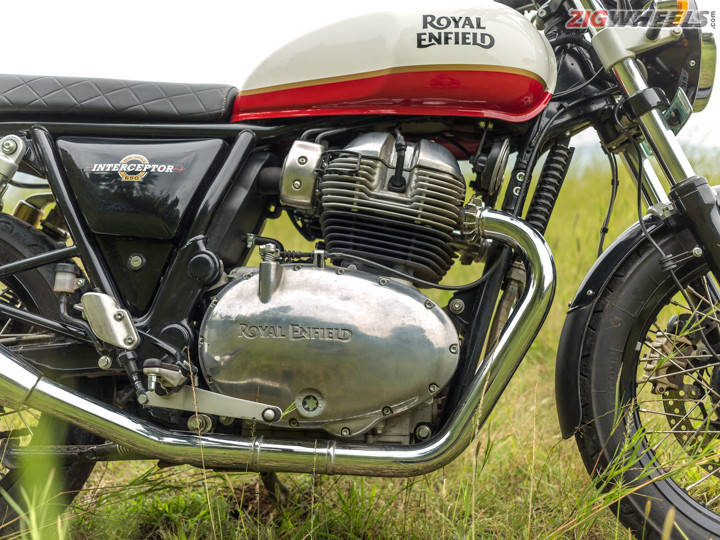
The biggest update is to the engine, of course. Despite being greener and cleaner, Royal Enfield engineers managed to maintain the torque and power output of the BS4 bike. The 648cc parallel-twin engine churns out 47.6PS @ 7,150rpm and 52Nm @ 5250rpm, so peak power now comes in 100rpm earlier compared to its predecessor.
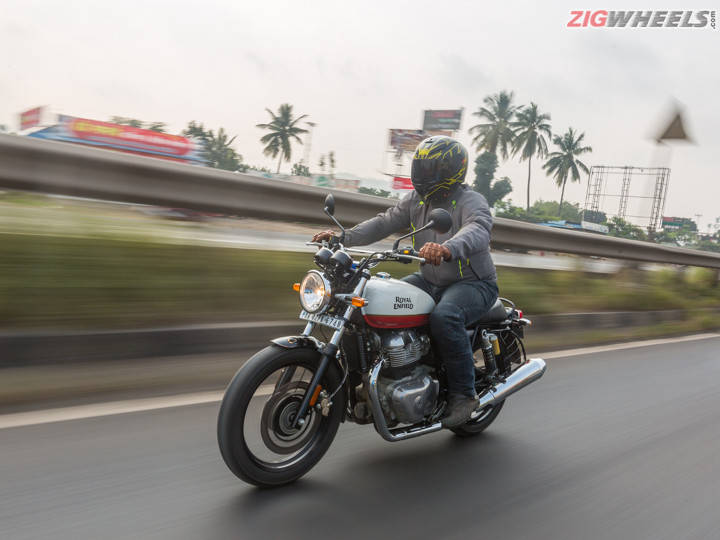
On the go, the Interceptor 650 BS6 feels familiar to ride as the wave of torque propels you with brilliant refinement. Throttle response is crisp and direct, and though the new bike was marginally slower than its predecessor in our tests, the difference is hardly felt in the real world.
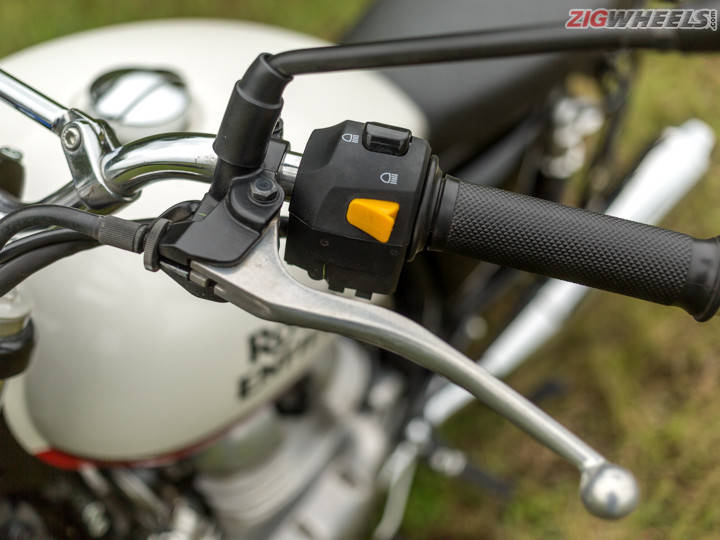
The ample amount of torque that’s on offer means that riding it in the city is also an easy affair as the Interceptor 650 just chugs along. Slot the bike in third and you can do your commute in an effortless manner -- and when you do hit traffic, the light clutch action comes to your rescue.
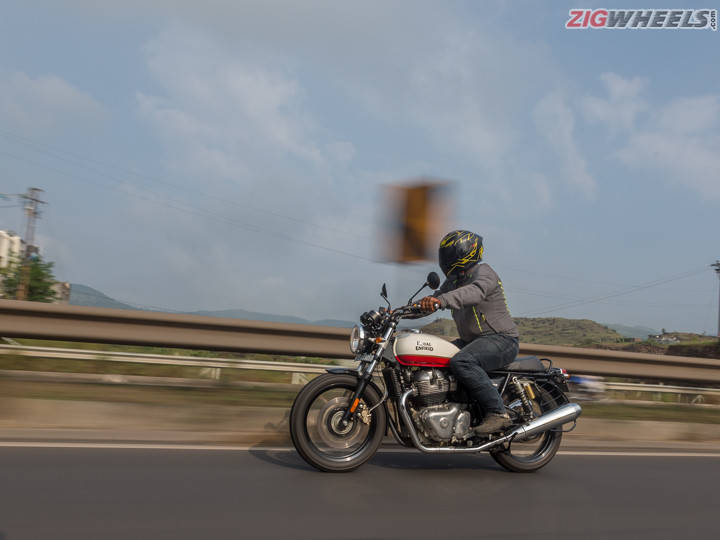
The rider triangle is still the same as the older bike and we would have appreciated some improvements on this end. The soft seat is also carried over, meaning that long hours in the saddle aren’t a comfortable affair. RE does offer a touring seat as an accessory, but it’s only marginally better.
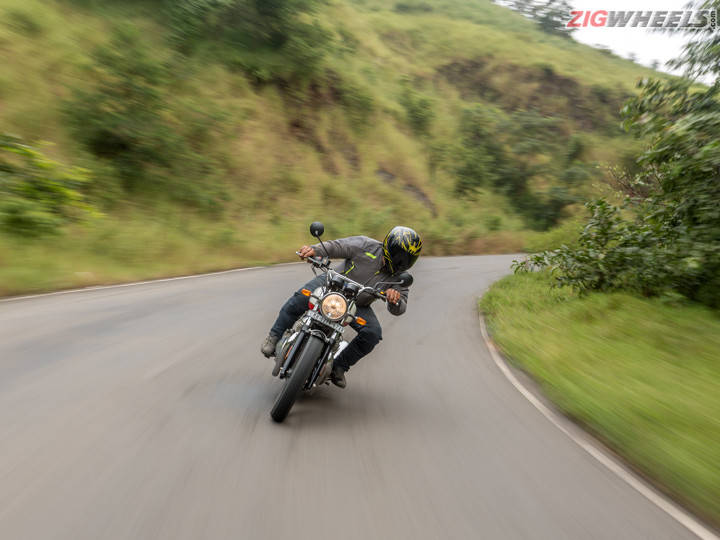
Thanks to a long wheelbase, significant heft and wide, flat handlebars, the Interceptor isn’t a machine that encourages you to attack corners. On the move, the bike doesn’t feel its weight (202kg kerb), but riding through crawling traffic, the front end needs a bit of muscling to change directions. Our long term BS4 Interceptor encounters a violent head shake at higher speeds and it’s the same with the new bike although it isn’t as violent.
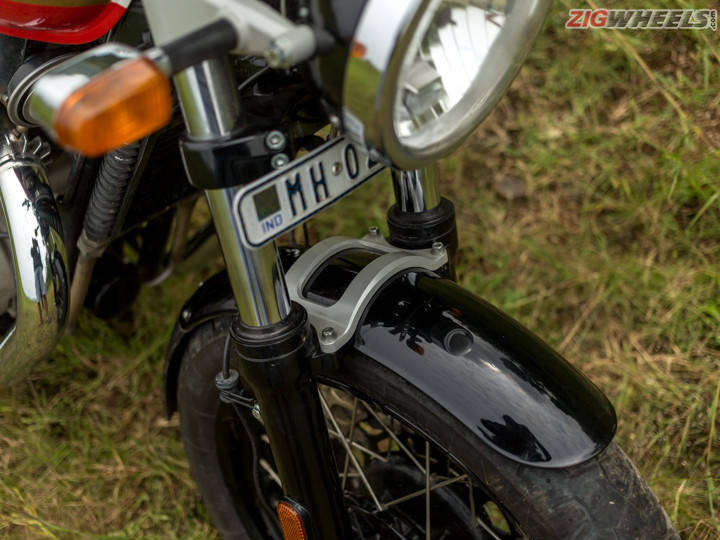
The suspension setting is on the softer side and we feel that RE engineers could have changed the spring rate or tuning as part of the update. The rear suspension is too soft and this results in a bouncy kind of ride at city speeds and on sharp bumps, although it performs better at high speeds.
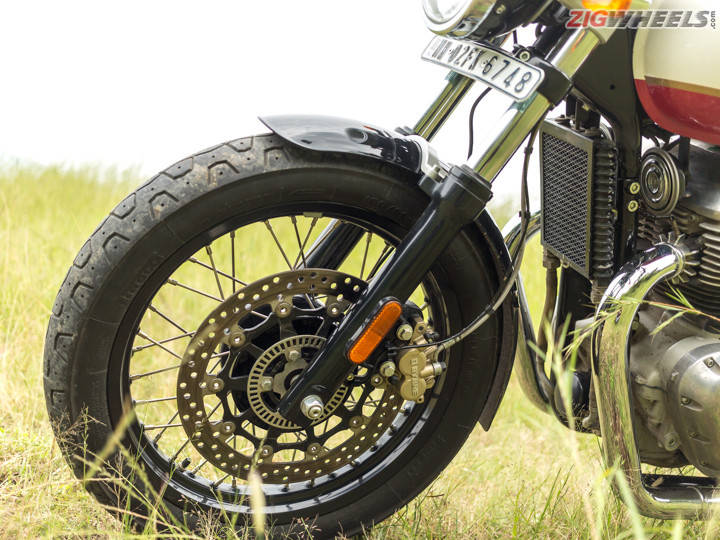
Braking hardware remains identical to the older bike and in our test, the BS6 bike did have a longer stopping distance. It could be down to the fact that the bike was brand new and the pads hadn’t set properly. The bite from the pads and the progression to the lever is spot on and nothing to complain about.
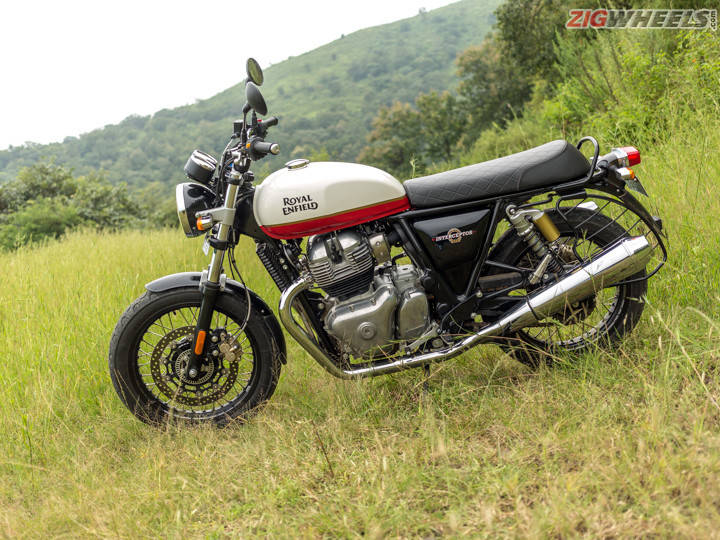
On the styling front, no updates have been made and that’s fine as the Interceptor is a simple but beautiful bike especially in the red and white ‘Baker’s Express’ scheme our test bike came in.
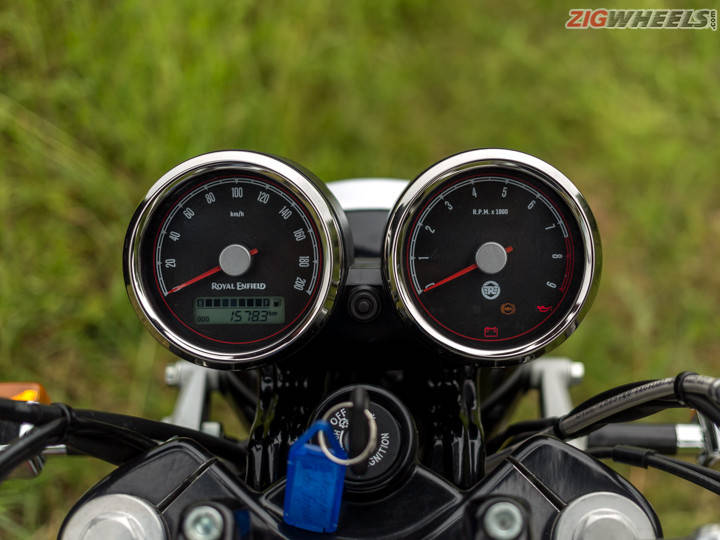
The twin-pod instrument console has started to look dated and a more modern unit is the need of the hour. Gladly, RE officials had confirmed during the Meteor 350 launch that the Tripper accessory will be provided on the 650 twins next year.
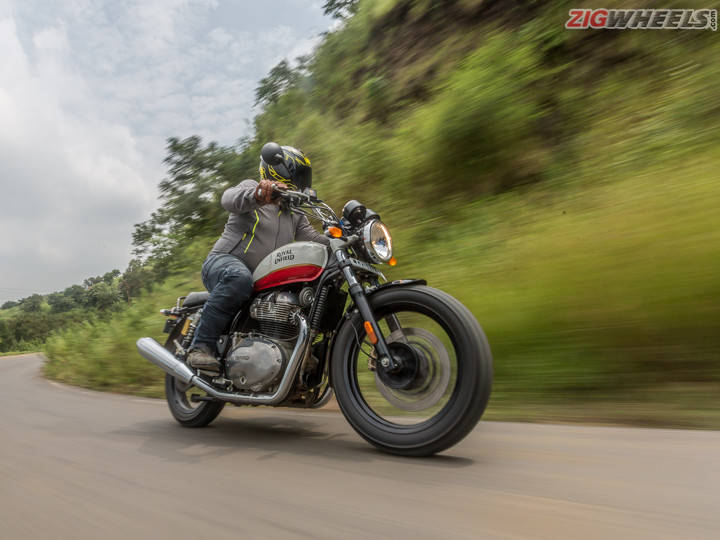
The Interceptor 650 BS6 isn’t a perfect bike by any means and there are many aspects that Royal Enfield could improve. But despite its flaws, the Interceptor will charm you with its easy going nature, wave of torque and refinement. In an increasingly digital world, it warms you with its analogue nature and rekindles the joy of motorcycling.
from ZigWheels https://ift.tt/3ndSpN9

0 comments:
Post a Comment